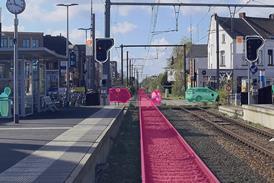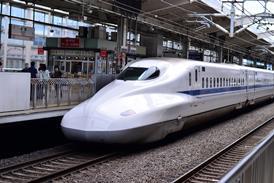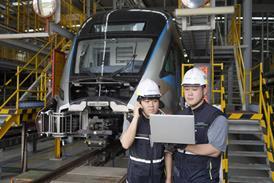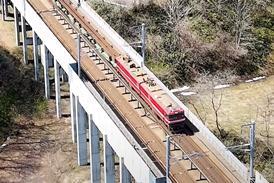Close menu
- Home
-
News
- Back to parent navigation item
- News
- Traction and rolling stock
- Passenger
- High speed
- Freight
- Infrastructure
- Policy
- Technology
- Ticketing
- Business
- Research, training and skills
- Accessibility and inclusion
- People
- Urban rail news
- Suburban and commuter rail
- Metro
- Light rail and tram
- Monorail and peoplemover
- Regions
- InnoTrans
- In depth
- Events
- Data
- Maps
- Tenders & Jobs
- Sponsored content
- Insights
New York: Subway operator seeks supplier support
By Nick Kingsley2025-02-13T13:00:00

Tim Mulligan is heading up a newly created rolling stock programme office at New York MTA, tasked with widening and deepening the relationship between the authority and its supply chain. He explained the plans to Nick Kingsley.
Already have an account? LOG IN














